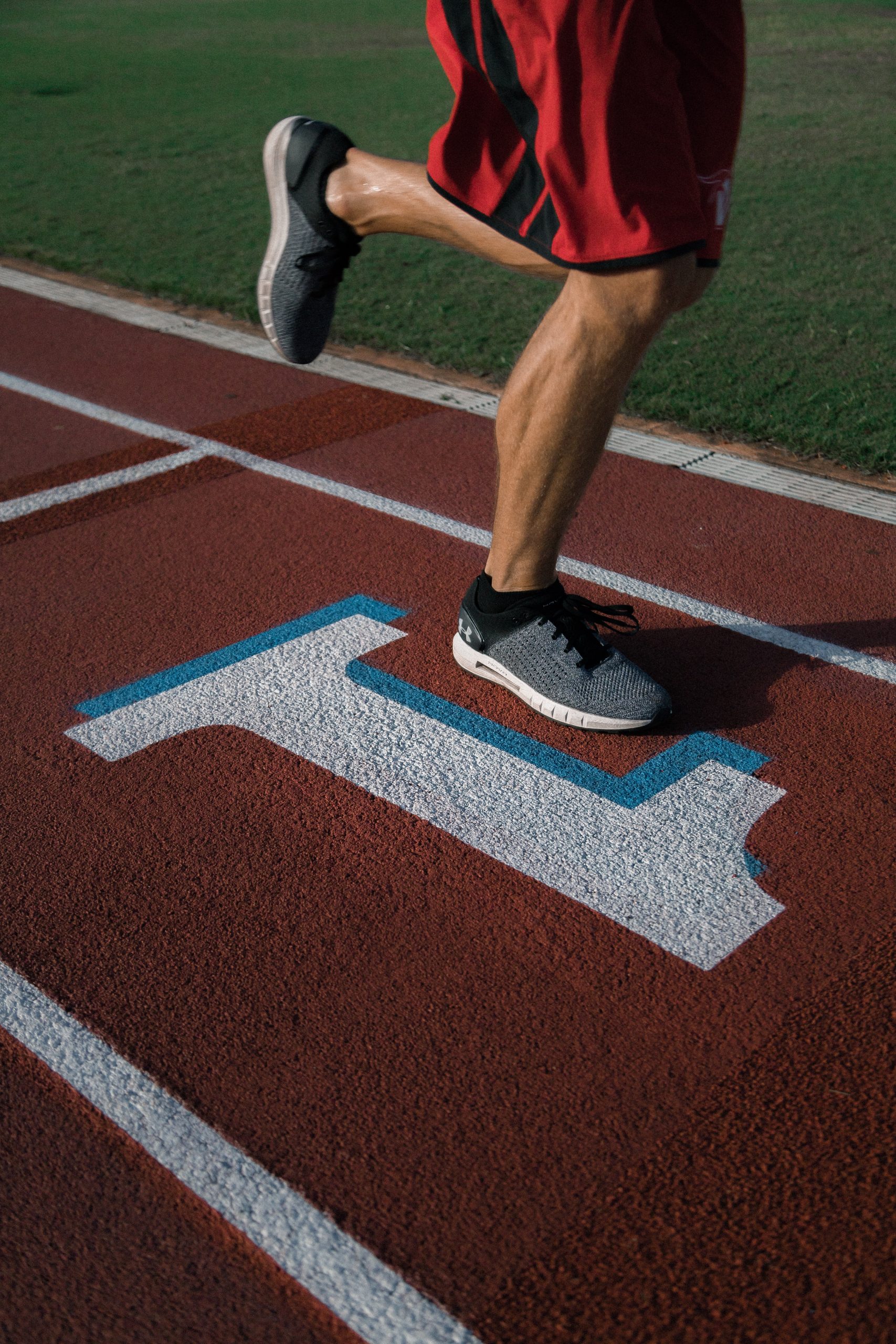
Why Acceleration Is Important in Sport and Drills to Improve
Acceleration training is more essential than top end speed training for most athletes. Not to say max speed training isn’t important, but athletes decelerate and accelerate more often in most sports than they reach their top speed. From moving one direction than having to sprint in another direction to trying to beat a defender or stop an attacker, acceleration can be found in almost every sport. Because it’s so prevalent in most sports, it should be a top training priority.
Acceleration is how fast an athlete can increase his or her speed. Being able to accelerate quickly greatly aids athletes because it allows them to get into more favorable positions in their sport. From getting to the ball first on a 50/50 challenge in soccer, to blowing by a defender on the basketball court, or getting out of a cut on as a wide receiver, being able to quickly accelerate gives an athlete a giant advantage. Below I’ll go over the drills and concepts that I’ve found super helpful to teach athletes to be more efficient when accelerating and find more success in their sport.
A-Walk
Being able to accelerate quickly relies a lot on an athlete’s ability to swiftly move through their hips. A simple drill to help athletes learn how pull up with their hips is the A-Walk. The emphasis on this drill should be hip flexion, or the ability for the athlete to bring their knees up. Through this drill and all of the ones that follow, athletes should keep a braced core and stand tall with a slight contraction on their glutes.
A-March
Following the A-Walk, I like to incorporate the A-March. Instead of the emphasis on the knee drive, athletes now need to focus on the downward motion of the walk. Athletes should be thinking of striking the ground hard with a locked ankle. They should be thinking about using their glutes to extend their hips to hit the ground hard. The harder an athlete can hit the ground, the farther they can travel with each step. This same idea can be applied to actual running so this drill is a good way to get that point across to athletes.
A-Switch
Combining the two drills together creates the A-Switch. While bringing up one leg up, the athlete needs to bring the opposite leg down. If done correctly, there should be a moment in which both legs are off the floor. The movement needs to be done at a high intensity and with deliberate action. The switches need to be fast and with the same intent as if the athlete were to sprint. Athletes should feel fatigued in the glutes and hips if down correctly.
A-Switch + Bounce
Adding the bounce to the A-Switch makes it more dynamic and I like it because of the rhymtic nature of the drill. Also it allows athletes to understand that they can generate a decent amount of force if they truly switch their hips in the drill. The bounce will come naturally if the intent of the switch is to punch the ground hard.
Sprint Starts
Actually watching athletes sprint 5 to 10 yards can give you a lot of information on how well they can accelerate. I especially recommend you slow-motion record their sprints to see exactly how they’re aligning their bodies and where they can make adjustments to put themselves in more ideal positions that allow their movement to be more efficient. That idea in itself can be it’s own blog post but I can’t emphasis enough in how important it is to actually break down an athlete’s start in a sprint. To relate this to the previous drills I’ve covered, I love cueing the idea of switching during the first steps of a sprint. Similar to the switch, the first steps in the sprint need to deliberate, quick, and powerful. Athletes should be able to relate the feeling of the switch to the first steps of acceleration when the A-Switch is done correctly.
Acceleration should be a top training priority for athletes because how much of an influence it has on an athlete finding success in their sport. Being good at acceleration will put athletes in better positions for better outcomes in their sport. With the use of these drills and proper coaching, I’m confident that an athlete improve their acceleration and be more successful.
Brandon Brelsford is one of the trainers at Olympia Fitness and Performance. He graduated from Rhode Island College with a B.S. in Community Health and Wellness with a concentration in Wellness and Movement Studies. After graduating, Brandon obtained his CSCS (certified strength and conditioning specialist) from the NSCA. Brandon enjoys helping his clients realize what they’re truly capable of and enjoys seeing their growth in and out of the gym.

